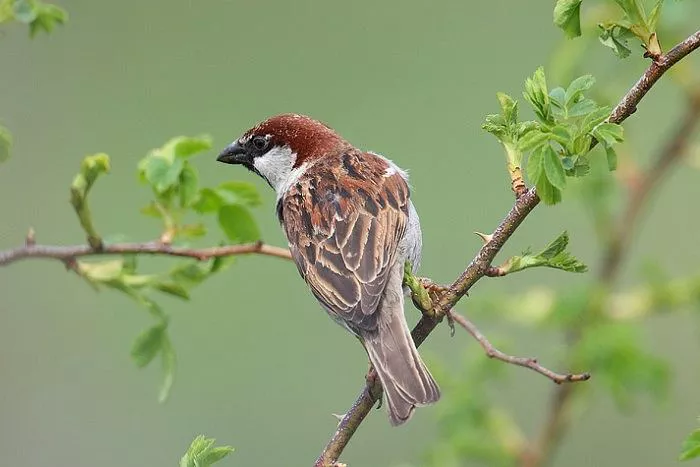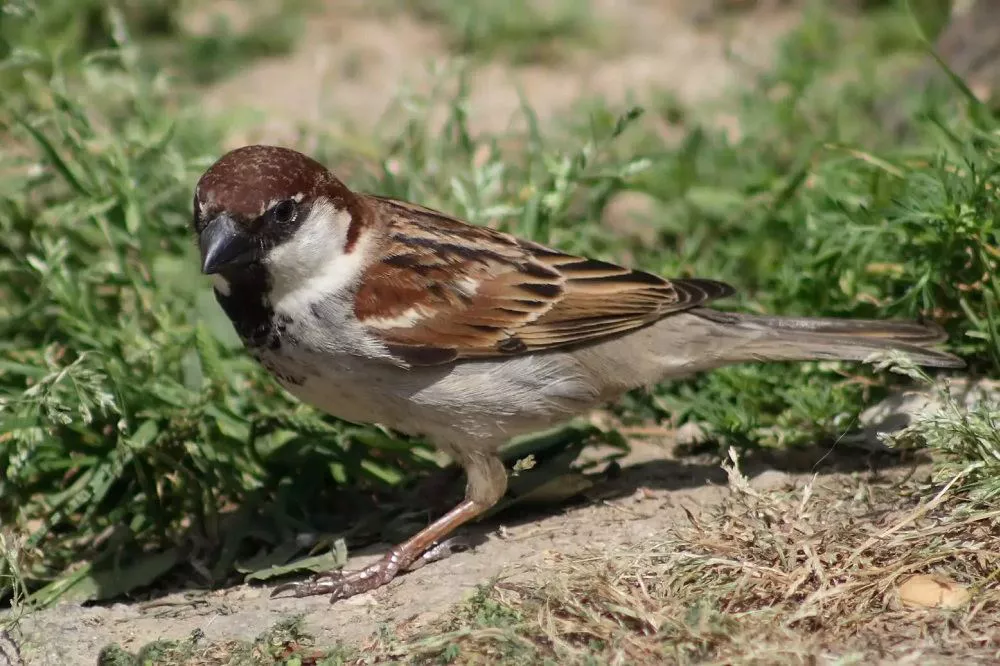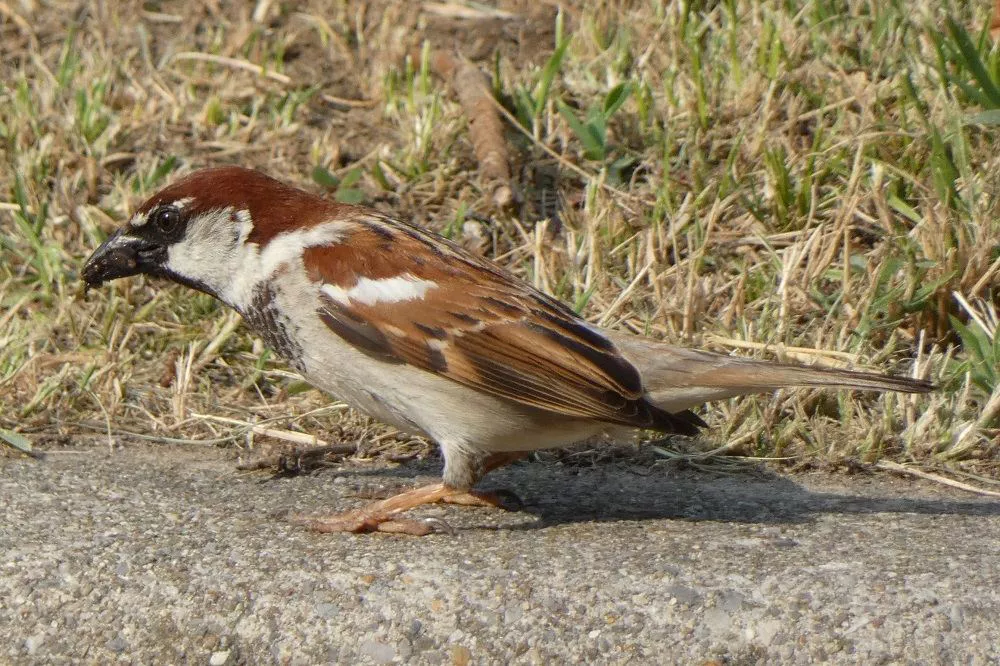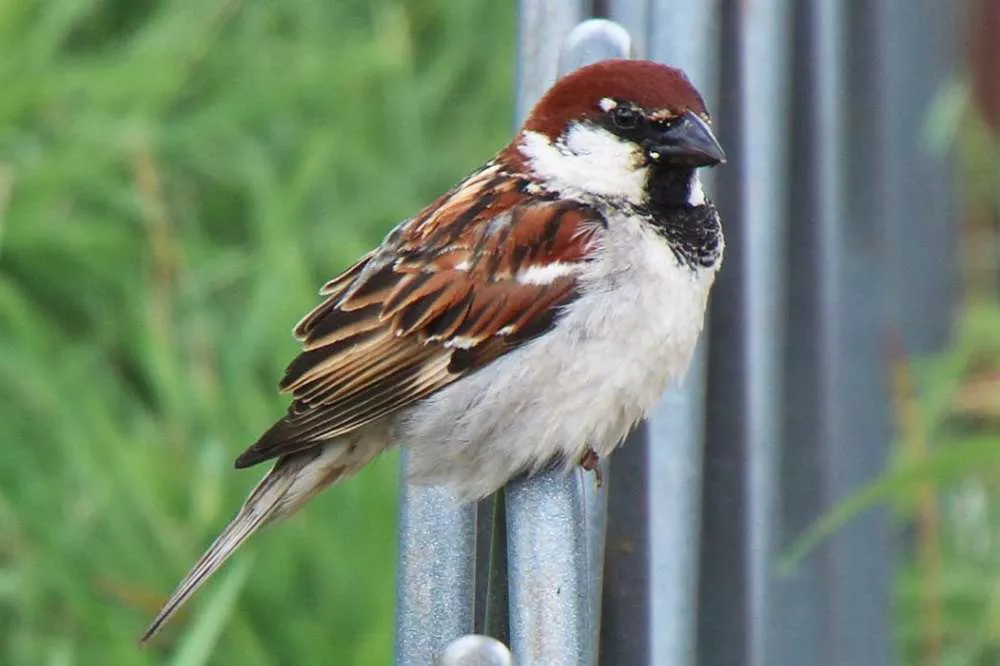Italy is a country known for its rich history, delicious food, and beautiful landscapes. But did you know that Italy also has a national bird? The national bird of Italy is the Italian Sparrow (Passer italiae). This small, brown bird might not seem very special at first glance, but it has a fascinating story. It is not only unique to Italy but also tells us a lot about the country’s environment, culture, and biodiversity.
In this article, we will explore what makes the italy national bird so special. We will look at where it lives, what it eats and how it behaves.
Introduction to Italy’s National Bird
The Italian sparrow is more than just a common sight in Italian cities and villages. This bird symbolizes the nation for many reasons. It is friendly, adaptable, and lives alongside people in almost every corner of Italy.
| Feature | Details |
| Scientific Name | Passer italiae |
| Common Name | Italian sparrow |
| Size | 14–16cm in length |
| Habitat | Cities, towns, parks, farms |
| Diet | Seeds, insects, scraps |
| National Symbol | Yes, the national bird of Italy |
| Similar Species | House sparrow, Spanish sparrow |
| Italian Name | Passero d’Italia |
The Italian sparrow can be seen hopping along sidewalks, perching in trees, or chirping joyfully in large cities like Rome, Florence, and Naples, as well as in small villages tucked away among rolling hills. Its presence is familiar to all Italians.
What Does the Italian Sparrow Look Like?
In appearance, the Italian sparrow is both charming and easy to spot if you know what to look for.
Male: The male has a bright chestnut crown (top of the head), a reddish-brown nape (neck), and white cheeks. Its beak area—the “bib”—is black, as are the markings outlining its eyes and throat. The back and wings are light brown or grayish.
Female: Females look a lot like the female house sparrow. They are smaller, have more subdued colors, and do not have the black facial markings or the bib that males do. Their plumage is brown with a lighter belly.
Juveniles: Young sparrows appear more like the females, with plain colors and no prominent black markings.
The Italian sparrow is plump, agile, and energetic, giving off an impression of activity and curiosity as it hops or flutters around human settlements.
The Italian Sparrow’s Place in Nature
This sparrow thrives in places where people live. It is drawn to villages, city parks, gardens, agricultural lands, and even bustling urban centers. It survives and prospers by taking advantage of food scraps, seeds, and insects found in these areas.
- Range: Mainly found in mainland Italy, it also appears in parts of Switzerland, Austria, France, Slovenia, and Mediterranean islands like Corsica, Malta, and Crete.
- Habitat: Prefers open spaces with plenty of bushes, hedges, and trees. In cities, it will visit outdoor cafés, markets, courtyards, and public squares in search of crumbs and nesting spots.
Unlike wild species that shun humans, the Italian sparrow feels at home in busy environments, which makes it an easy companion to observe. Its success in adapting to life alongside people is part of why it is so beloved in Italy.
See Also: National Bird of Morocco: The Moussier’s Redstart
A Tale of Two Sparrows: The Italian, House, and Spanish Sparrows
The Italian sparrow is closely related to two other birds: the house sparrow (Passer domesticus) and the Spanish sparrow (Passer hispaniolensis). In fact, scientists have long debated its true identity.
- Hybrid Origins: Genetic research shows that the Italian sparrow is a hybrid, resulting from cross-breeding between house sparrows and Spanish sparrows. Its features—chestnut head, black bib, and general body shape—are a mix of both species.
- Distribution: Where the ranges of these sparrow species overlap (for example, in southern Italy and the islands), you may find sparrows with mixed features. Over time, however, the Italian sparrow has become mostly standardized in mainland Italy.
This combination of heritage reflects the mix of cultures, languages, and histories that make up Italy itself.
Life Cycle and Behavior
Breeding and Family Life
Italian sparrows build cup-shaped nests in holes in walls, rafters, tree branches, hedges, or even under tiled roofs. They are known for their ability to nest almost anywhere.
- Nesting Season: Mainly spring and early summer
- Clutch Size: Typically 4–6 eggs per brood
- Number of Broods: Up to three per year, especially in warm southern climates
- Parental Care: Both parents share the work of incubating the eggs and feeding the chicks
Italian sparrows are social birds. They form large flocks outside of the breeding season and often feed, preen, and travel together.
Feeding Habits
- Diet: Omnivorous; they eat seeds, grains, fruit, bread crumbs, and insects.
- Adaptation: In the city, they frequently take advantage of food scraps left by humans.
Their ability to eat a wide range of foods is key to their success in the modern world.
Why Is the Italian Sparrow a National Symbol?
The Italian sparrow (Passer italiae) is unofficially considered the national bird of Italy. but it holds cultural and symbolic significance in Italian identity for several reasons:
1. Native to Italy
The Italian sparrow is endemic to Italy, meaning it is found almost exclusively in the country. This uniqueness gives it a symbolic tie to the Italian landscape and national identity.
2. A Hybrid of Two Species
The Italian sparrow is a natural hybrid between the house sparrow (Passer domesticus) and the Spanish sparrow (Passer hispaniolensis). This origin reflects:
Blending of cultures, mirroring Italy’s rich history of regional diversity.
Adaptability and resilience, traits often associated with the Italian people and their history.
3. Symbol of the Common People
Sparrows are often seen as symbols of ordinary life, resilience, and humility:
In Italy, the sparrow (especially in literature and songs) has been associated with working-class values and the beauty of the everyday.
It represents the “little guy”, surviving and thriving in both cities and countryside.
The Italian Sparrow and Italian Culture
The sparrow appears in Italian folklore, literature, and art. Its friendly image can be found in stories, poems, and children’s books. Italians have always admired the bird’s bright song and gentle presence in their daily lives.
In parks and town squares, people of all ages enjoy feeding sparrows or simply watching them go about their lives. The sparrow, therefore, is more than a bird—it is a living piece of Italy itself.
Conclusion
The Italian Sparrow may be small, but it has a big role to play. It represents the beauty of everyday life in Italy. It connects people to nature and teaches us about science, history, and culture. As the national bird of Italy, it is a symbol of resilience, adaptability, and charm.
Italy National Symbols FAQ
What is Italy’s national animal?
Italy’s national animal is the Italian wolf (Canis lupus italicus). While not officially designated, the Italian wolf is widely regarded as the national animal due to its deep connection with Roman mythology—a she-wolf is said to have raised the legendary founders of Rome, Romulus and Remus.
What is Italy’s national flower?
Italy recognizes the white lily (Lilium candidum) as its national flower. The white lily symbolizes purity and has roots in ancient cultural traditions. It is closely associated with the Virgin Mary in Italian religious iconography.
What is Italy’s national fruit?
The national fruit of Italy is the strawberry tree (Arbutus unedo; called “il corbezzolo” in Italian). Its green leaves, white flowers, and red berries mirror the Italian flag, and it has great symbolic importance in Italian history and literature.
What is Italy’s national tree?
Italy’s national tree is the strawberry tree (Arbutus unedo). This tree is emblematic due to its patriotic coloration (green leaves, white flowers, red berries) which reflects the national flag, and its importance during the Risorgimento movement for unification.
What is Italy’s national fish?
Italy does not have a single officially designated national fish. However, baccalà (salted cod) is one of the most traditional and iconic fish in Italian cuisine, particularly associated with Christmas Eve’s Feast of the Seven Fishes. Other commonly celebrated fish in Italy include eel (capitone) and various seafood due to regional traditions.





 Facebook
Facebook  Instagram
Instagram  Youtube
Youtube 